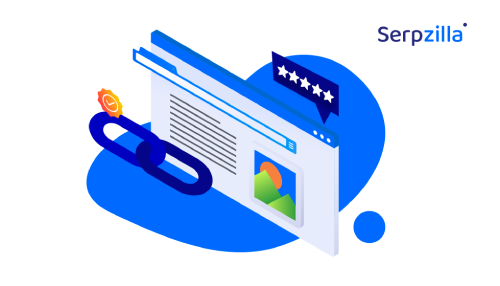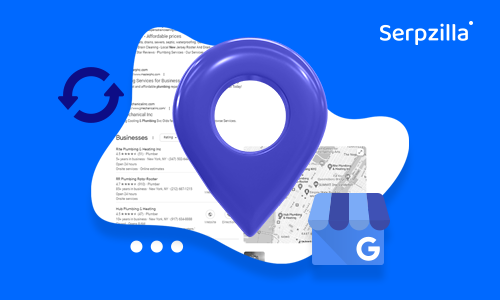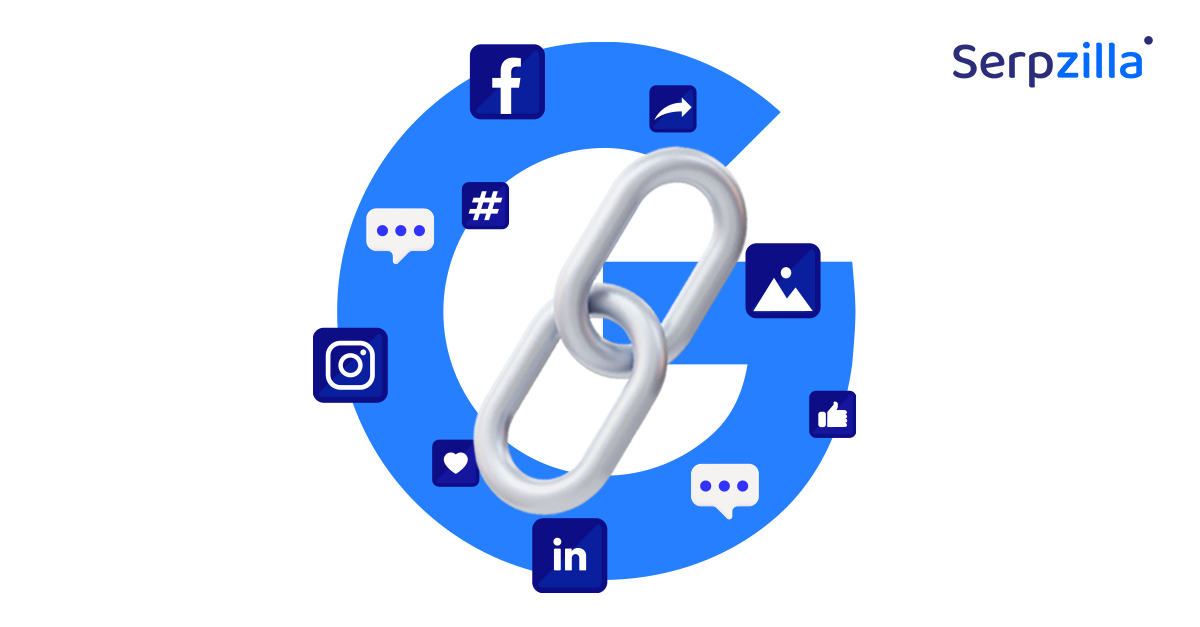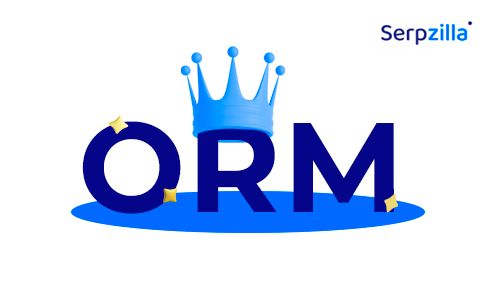Backlink 101: Your Introduction to Backlinks
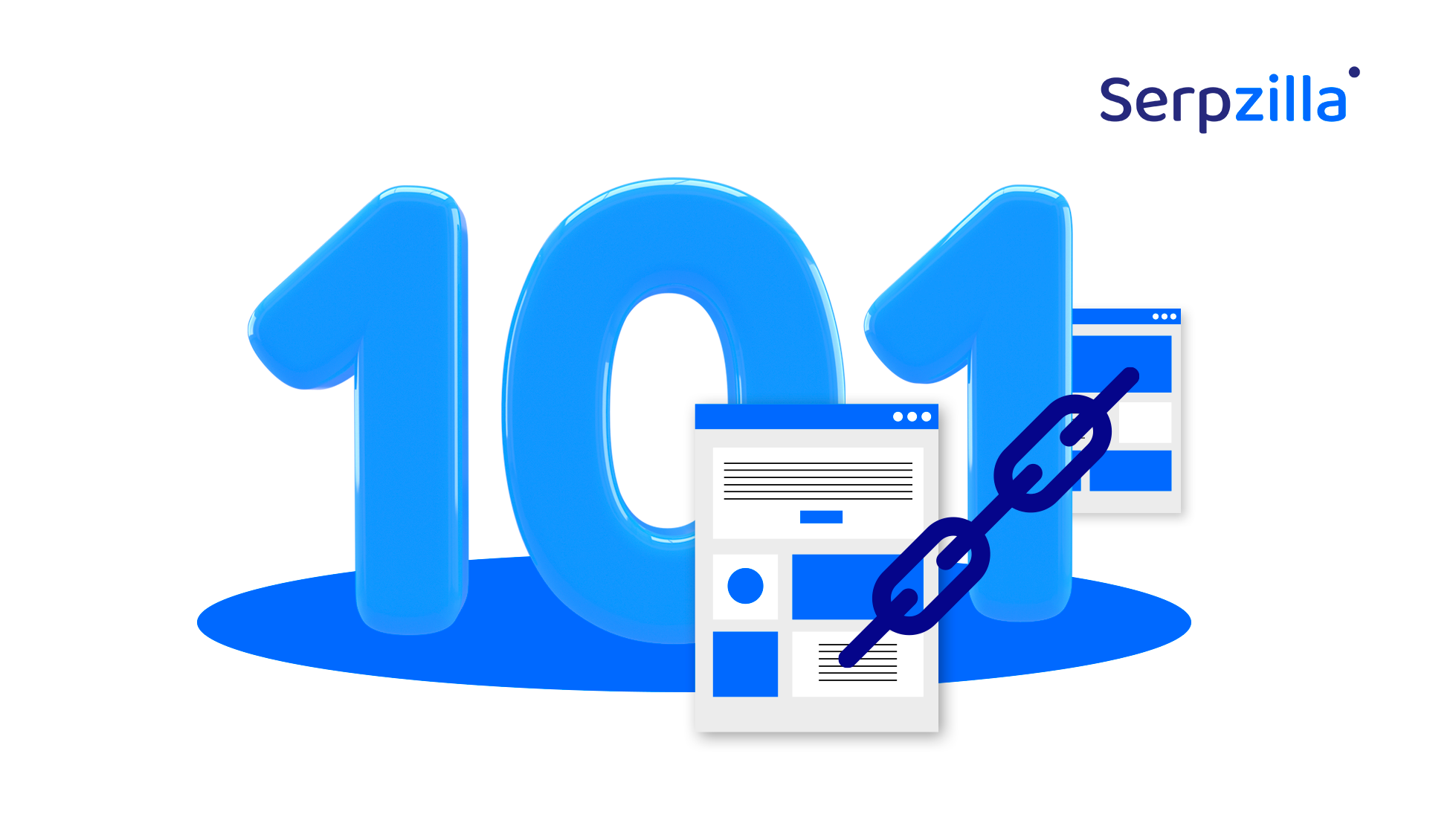
In this article we will introduce you to backlinks, explain their nature, their importance and basic terminology surrounding the subject.
What is a backlink?
A link from another website to your website
A backlink is a link on another website that directs a user to your website. So, basically, a piece of content – text or image – which, upon a click, links back to your domain/page.
Just like you can have a backlink from someone, they can have a backlink from you. Thus, every link to another website that is placed on your website is a backlink too, but it’s their backlink. Backlinks can also be internal.
An internal backlink is a link on a page of a website referring to another page on the same website.
Why is it good to have backlinks?
Google’s engine sees backlinks as proof of quality. It might seem that more backlinks equals better SERP rankings and higher volumes of organic traffic.
More backlinks is better, but there is a catch: apart from the quantitative aspect, there is qualitative. Backlinks may vary by “quality”, so one quality backlink may outweigh ten poorer backlinks when it comes to traffic gains. That’s where we will take a look at what are those qualitative aspects and how we can identify quality backlinks.
SERP (Search Engine Results Pages) – pages listing the results, which search engines display in return for a given user request.
Organic traffic – unpaid traffic, comprises users who visit your website through search engines naturally rather than due to ads one might deploy.
Quality backlinks
How to tell if the backlinks we get are quality backlinks? We need to look out for domain/page authority, high-traffic pages, page relevance and even the position of the backlink on the page.
1. Domain and Page-Level Authority. Backlinks from websites with higher authority levels improve your ranking. Authority is transferred to your website, but how much of it, depends on how many backlinks do you share a page with.
Example: one (but the only) backlink on a page with authority value of 60 should perform way better than three backlinks on a page with authority value of 90 and ten more other backlinks.
This metric is presented by exact value. The value, as well as nomenclature (AR, DR, etc), may vary depending on the tool you use to assess it.
2. High-traffic pages. They are good for backlink placement since there’s a lot of users who can stumble upon your backlink. So a high-traffic page should transfer part of that traffic to your website.
However, keep in mind, a high-traffic page doesn’t always mean quality or relevant page in terms of content. So, while there is a correlation between the quality of a backlink and traffic amount on the page it’s placed, it is merely a correlation – not a dependency.
3. Page relevance. If the website/page you place your backlink on has content irrelevant to your website/page, even high traffic and authority won’t really help you. Chances are good the conversion is going to be poor and retention rate even poorer.
4. Link placement. Seemingly the easiest part of the assessment, but not the least important in terms of conversion. Links placed in the main areas of the page, links that stand out visually and contextually are likely to get more clicks. So avoid footers, cluttered content blocks and such. Make sure your backlink is well-placed, visible and makes sense contextually.
It is also worthwhile to pay attention to follow-nofollow attributes in backlinks as well as anchor texts, but it is a subject for our future, more specific and in-depth article.
How do I get backlinks?
There are many ways, but not all of them are good (see black-hat backlink strategies or efficient enough. Some methods might even get you penalized by Google. Let’s take a look at a couple of the go-to ways for starters.
Guest blogging. Find a relevant website and offer your expertise in the form of an article for their blog. Good content is always in demand and you get your backlink. On top of that, it is probably the best way to check all the quality boxes when it comes to backlinks. Don’t spare the effort and you might get yourself a diamond of a backlink: the one from a high-quality piece of content you wrote, on a relevant website with a high authority domain and high traffic. Those do not come cheap but they’re worth it. At the end of the day it all boils down to a combination of the value of your content and your negotiating skills. And you might make some useful contacts or even friends in the process.
Broken links and unlinked mentions. You can work with dead links, which are relevant to you and can be linked back to one of your pages as a substitute, or find mentions of your company/product with no links. The process is fairly simple: you reach out to the website to suggest they replace a dead link/make your mention a linked one.
Conclusion
Valuable links are not easy to get and the topic definitely goes deeper than this one article.
We at Serpzilla provide you a service for automating your backlink building and do all the tedious work for you. That said, you might want to take time and snoop around Google Search Console to digest the information you just read and get more familiar with it.
Google Search Console lets you see the data about your website, including that of its backlink profile. You get to see inbound links, linking websites, how many links there are, etc.
See for yourself and do not hesitate to write [insert email link] your feedback on the article, or ask any extra questions. We’re happy to communicate with our users and improve both their daily workflow and our blog!




